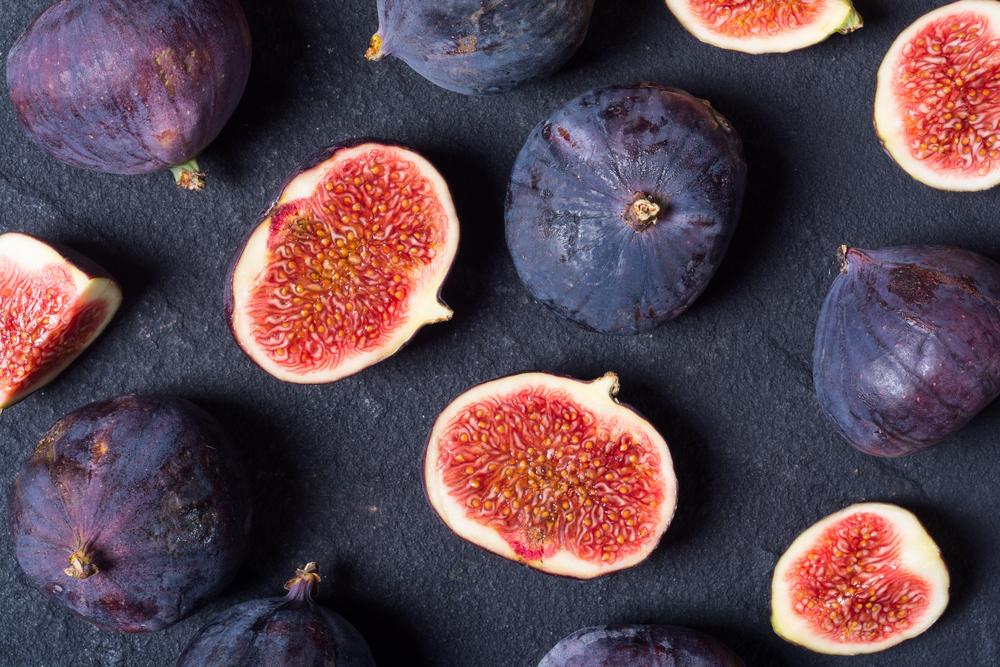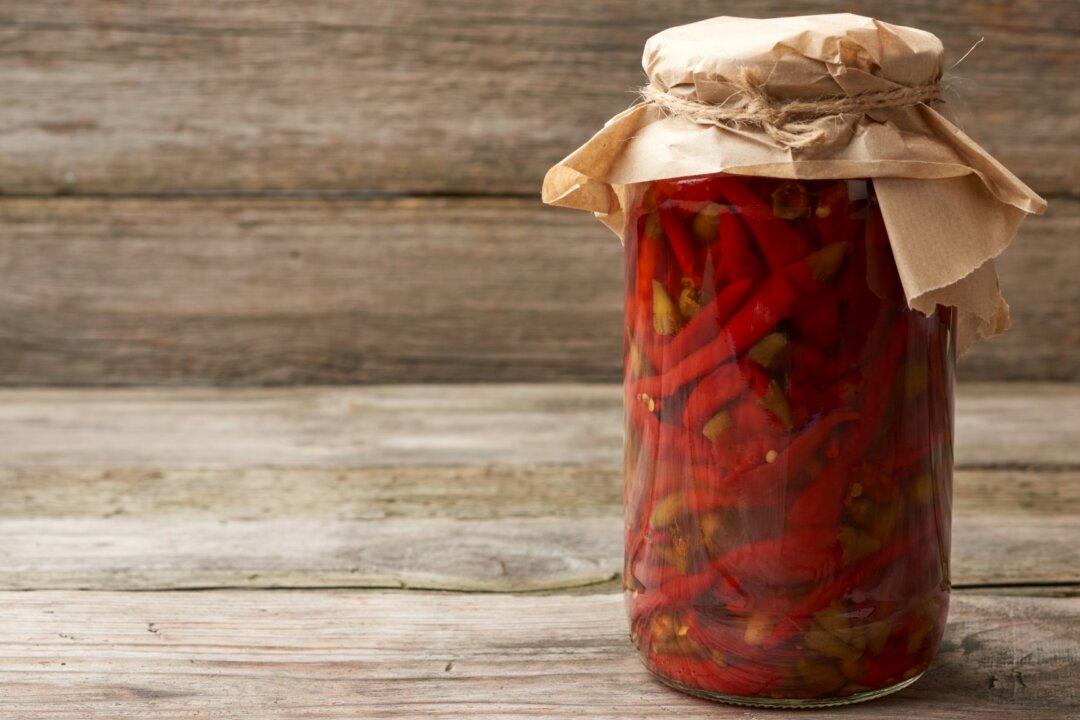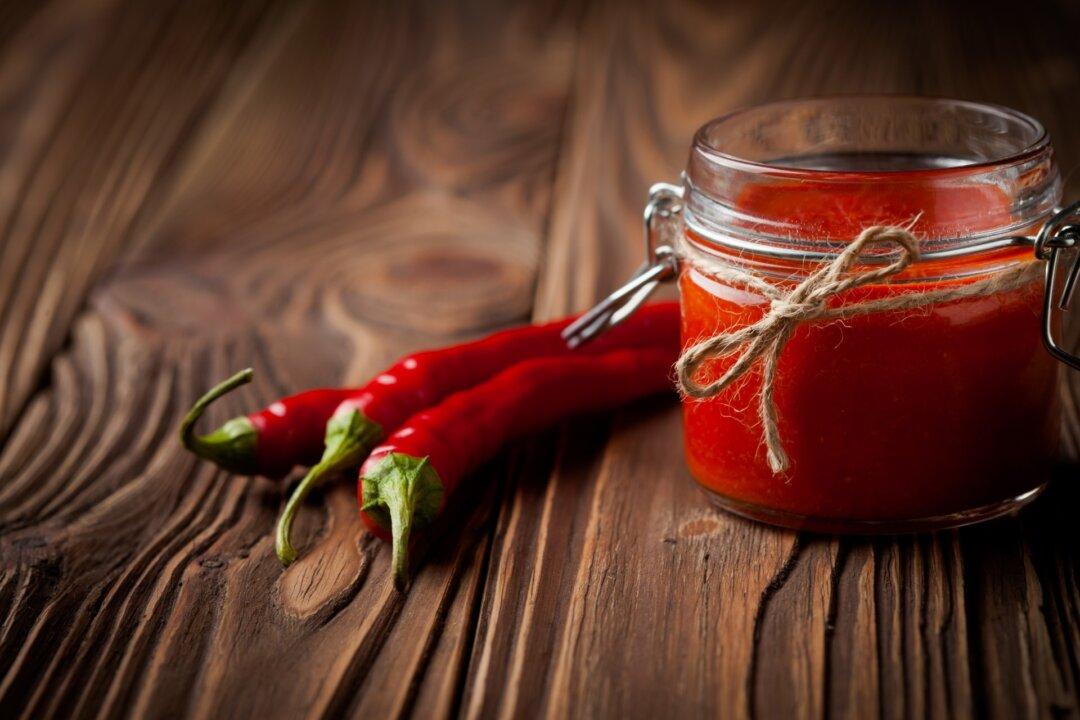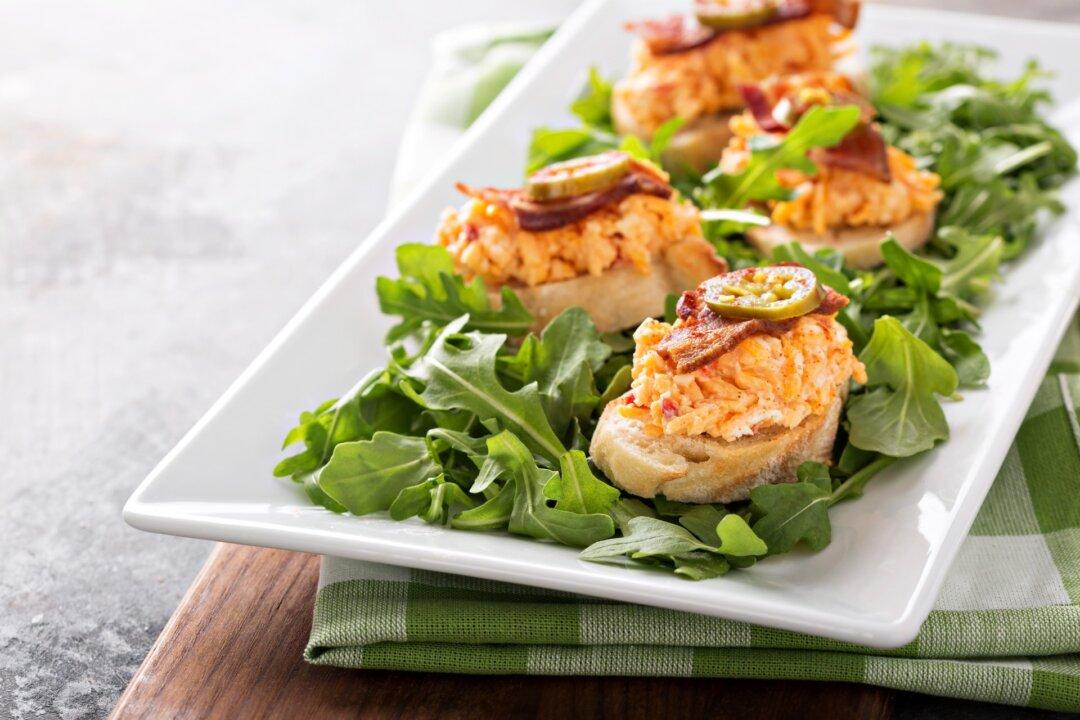My mother’s fig tree was a thing of wonder.
The sprawling backyard ficus began as a cutting from a mature, prolific tree that grew in my great-aunt’s yard in Carencro, Louisiana. Aunt Flo’s fig tree reliably produced abundant crops of the sweetest, most delicious figs anyone could imagine. She gifted Mom with a well-nurtured offshoot, and everyone hoped for the best.





